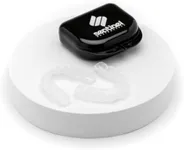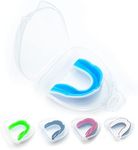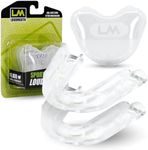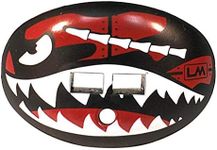Best Sports Mouthguard For Kids
From leading brands and best sellers available on the web.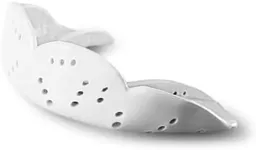
SISU
SISU Aero Small Mouthguard, Snow White - 1.6mm Thin - Custom-Molded Fit - Slim Design - Remoldable Up to 20 Times - for Team Sports - Non Toxic
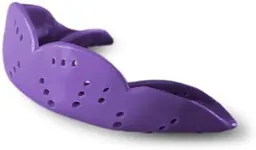
SISU
SISU Aero Medium Mouthguard, Purple Punch - 1.6mm Thin - Custom-Molded Fit - Slim Design - Remoldable Up to 20 Times - for Team Sports - Non Toxic
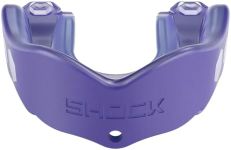
Shock Doctor
Shock Doctor Mouth Guard Sports, Hockey, Lacrosse, Baseball, Wrestling Moutguard, Gel Max Heavy Duty Protection & Custom Fit, Football Mouth Guard with Strap, Adult & Youth Mouthguard
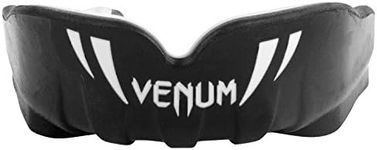
Venum
Venum Challenger Mouthguard - for Kids - Black/White
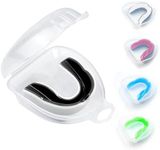
LPONJAR
5 Pack Kids Youth Mouth Guard for Sports, Boys Girls Mouth Guard with Case, Child Teen Sports Mouthguard for Football Lacrosse Basketball Boxing Soccer Taekwondo MMA Karate

Shock Doctor
33%OFF
Shock Doctor Mouth Guard for Braces, Upper Teeth Protection, Instant Fit, Adult & Youth Sizes,Blue

Shock Doctor
24%OFF
Shock Doctor Mouth Guard, Gel Max Power Mouthguard, Flavored Mouth Guards for Sports, Football, Lacrosse, Hockey, Basketball, Kool Aid Mouth Guard Youth & Adult
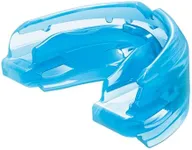
Shock Doctor
23%OFF
Double Braces Strapless Mouth Guard Blue, Youth

Oral Mart
7%OFF
Oral Mart Black/Green Youth Mouthguard for Kids - Youth Mouthguard for Karate, Flag Football, Martial Arts, Taekwondo, Boxing, Football, Rugby, BJJ, Muay Thai, Soccer, Hockey
Our technology thoroughly searches through the online shopping world, reviewing hundreds of sites. We then process and analyze this information, updating in real-time to bring you the latest top-rated products. This way, you always get the best and most current options available.

Most Popular Categories Right Now
